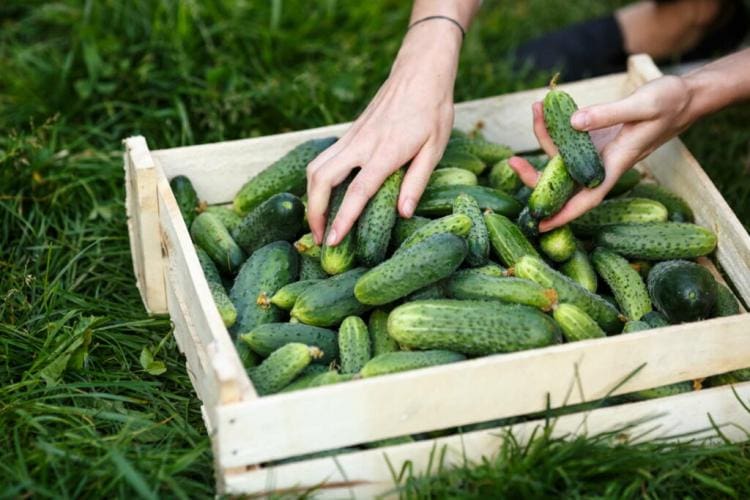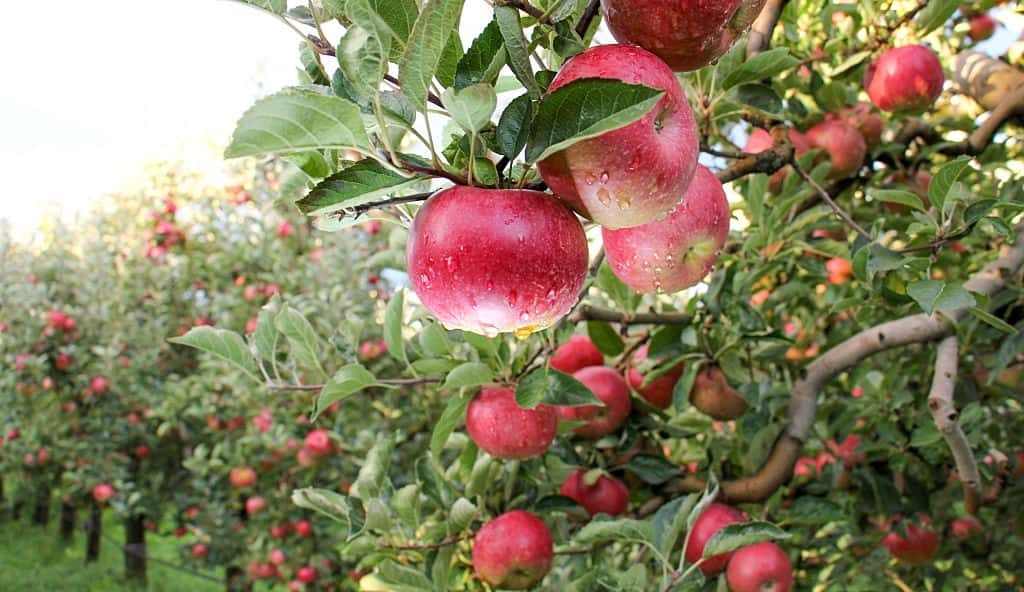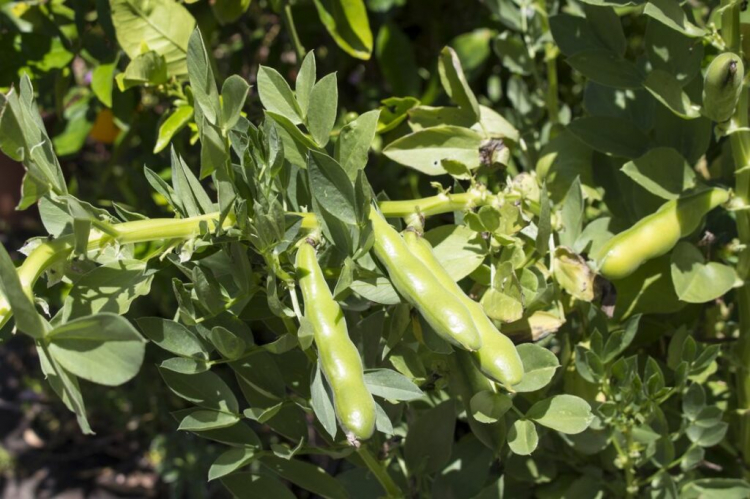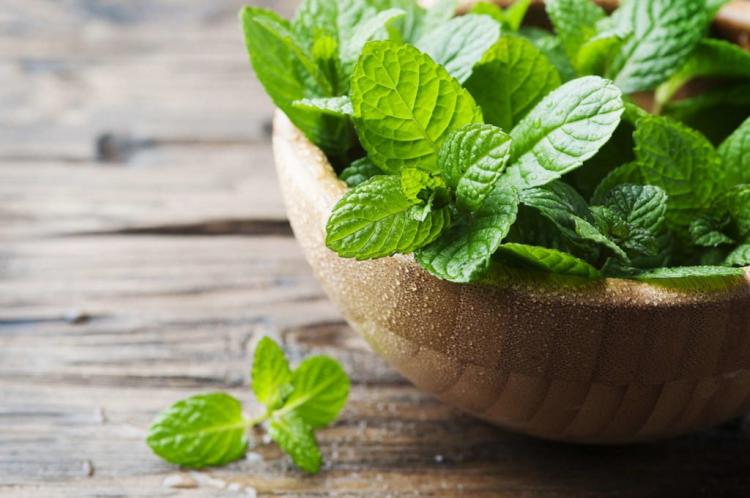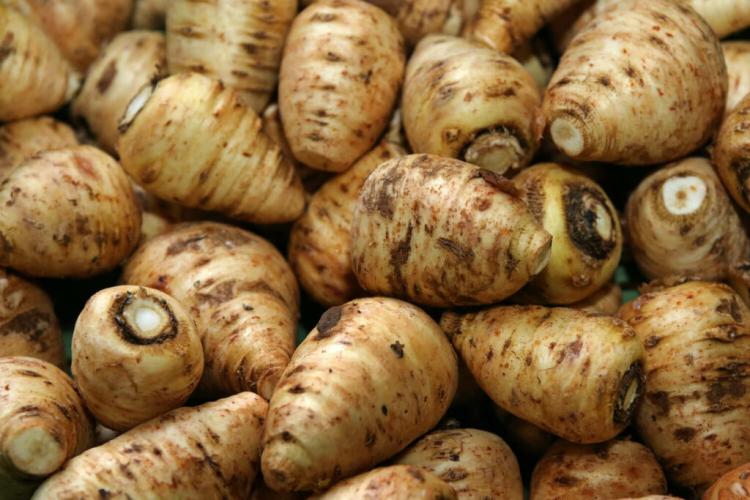10 Tips For Making The Best Cucumbers From Your Garden
With our ten tips, the best cucumbers will soon also thrive in your garden – almost as if by magic.
Whether as a salad, pickled, or as a snack in between – cucumbers are not only delicious but also versatile and healthy. The green vegetables are one of the most common inhabitants in German gardens and not without reason: If you follow a few basic rules and tips, the cucumber yields such a rich harvest that you often wonder what to do with all the vegetables. We’ll show you how you can benefit from this luxury problem with ten simple tips.
10. Salad or sour?
Table of Contents
If one is toying with the idea of planting cucumbers, one should plan the choice of variety first. There are roughly two types of cucumbers: cucumbers and pickled cucumbers. Salad or snake cucumbers, as their name suggests, are best suited for raw consumption in salads, while pickled cucumbers are usually canned. The pickling cucumbers are much more robust and the better choice for beginners. Whichever variety you choose, make sure you choose varieties that are tolerant or even resistant to powdery mildew. This saves you from having to worry about the dreaded disease later.
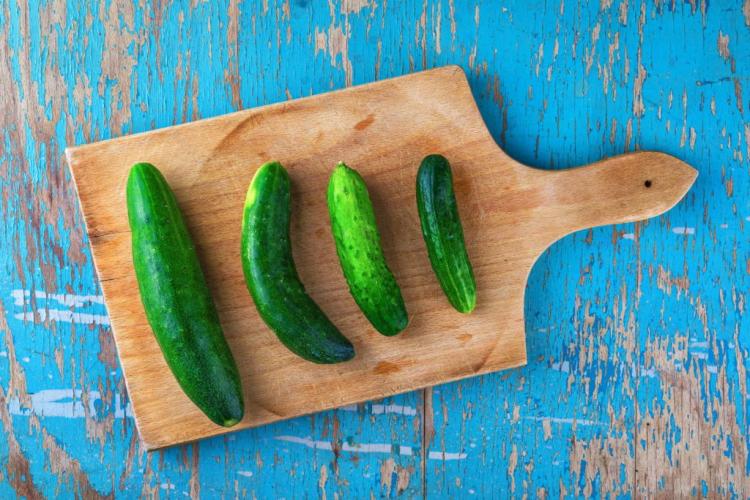
9. Every beginning …
Cucumbers are relatively easy to sow yourself. From the end of April, the new plants can be brought forward in the cold frame or the house. To do this, three plant seeds are each put in a pot and placed in a sunny, warm place. After a few days, the first seedlings can be seen. But the fight for survival is tough: only the strongest seedling per pot should be allowed to stay and make its way into the garden. All others are removed early. In this way, you ensure that you really only have plants in the bed that will ultimately yield a rich harvest.
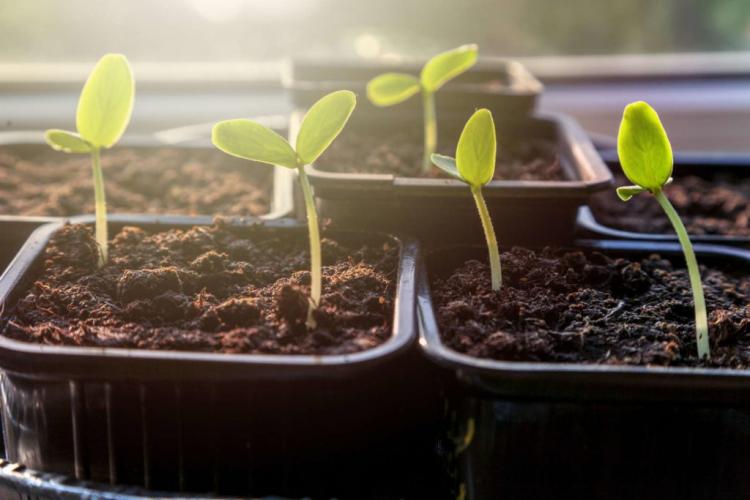
8. Young plants
If you don’t feel like growing your own cucumber seedlings, you can also buy young plants in specialist shops. Rearing and breeding is often more difficult, especially with cucumbers, because the plants are more sensitive to environmental influences. Buying young plants is a good alternative. However, you should also observe a few basic rules here: Only strong, healthy plants are bought – anything that is ailing should not find its way into the home bed. When choosing a variety, you should use grafted specimens: These are often resistant or more robust to various diseases.
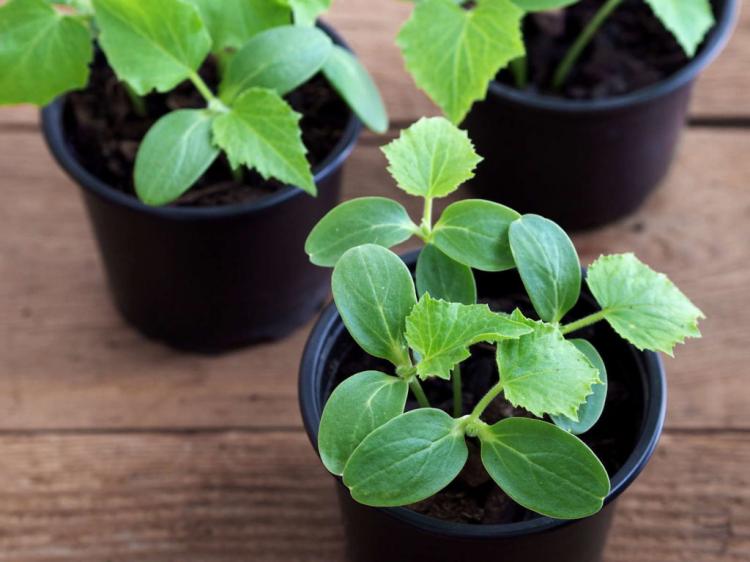
7. Freedom calls
As soon as the plants have two to four leaves, they are large enough to survive in the bed. Plants that are already larger, however, may grow worse and should no longer be moved. However, you should definitely wait for the ice saints (mid-May), as cucumbers are very sensitive to late frosts. Plant the plants as deeply as possible and pile up the soil a little – this way, more lateral roots are formed. In the case of grafted plants, however, the grafting points should be above the ground. A simple trick helps to make the move a little easier for the small cucumbers: A large mason jar protects the plant like a greenhouse in the first few days and ensures a good climate.
6. The right place
Cucumbers like it warm and protected. A place in the greenhouse is therefore ideal, especially for the more sensitive cucumbers, as they are shielded from temperature fluctuations and strong environmental influences. But also sunny, sheltered locations in the garden can be enough for the cucumber. The cucumbers prefer loose, humus-rich soil as a substrate. Proper proximity is also important: the rows of plants should be one meter apart and the distances within the row 30 cm so that the plants grow optimally. Dill, beans, and lettuce are very suitable as bed neighbors, but the cucumber does not get along so well with tomato or cabbage plants.
5. Trellis
Immediately after planting, the trellis should be placed next to the cucumber. This allows the plant to find its way up and does not continue to grow flat on the ground. This not only makes the harvest easier: the plants grow better overall. In addition, diseases such as powdery mildew can be prevented by an upright plant. If the leaves are close to the ground, they will dry less and become a real paradise for various fungal diseases that can spoil your harvest.

4. Change of trees
Cucumbers want to move from time to time. To be precise, cucumbers should not be planted in the same place for two consecutive years, otherwise, diseases that persist in the soil (for example gray mold) can also affect the new generation of plants. As a rule of thumb, a gap of four years between two cucumber crops at the same location is suggested. Since space is limited, especially in the greenhouse, and a complete change of soil is very time-consuming, it is advisable to plant the cucumbers in pots. In this way, the floor can be changed annually with little effort.
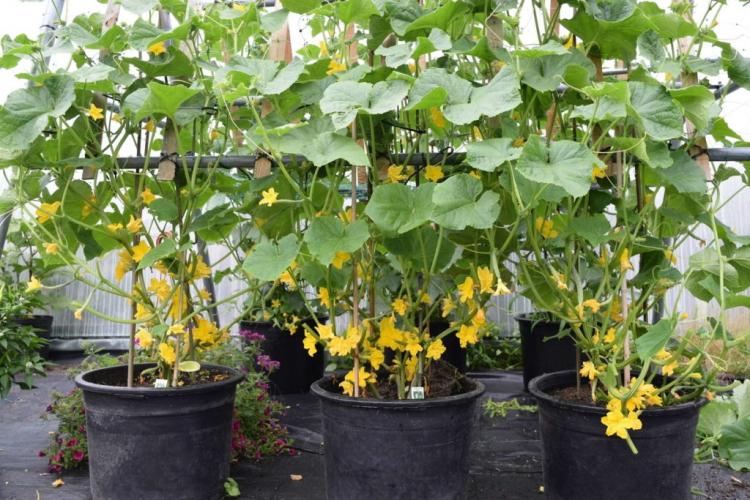
3. Food and drink
Cucumbers also need regular care to produce a good harvest. Water the cucumber at regular intervals, it is best to keep the soil slightly moist. If the cucumber is exposed to prolonged drought, the cucumbers can taste very bitter in the end and are anything but a pleasure for the palate. On the other hand, the cucumbers do not tolerate waterlogging either: a sure instinct is required. Furthermore, the water should ideally be warm when pouring and not wet the leaves – if the leaves are damp, the risk of powdery mildew infection increases. As a heavy eater, the cucumber is also happy to have plenty of nutrients. Primarily organic fertilizer is best suited for this, as it releases it evenly and for a long time.
2. Not a lucky guy
Cucumbers in particular are particularly susceptible to disease. Above all, fungi such as powdery mildew, gray mold, or Sclerotinia wilt cause problems for the plant. In the event of an infestation, damage limitation is often only possible, i.e. the prompt removal of all affected plants. However, with a few tricks, the chances of your plants getting sick will decrease too.
Humidity in particular is a decisive factor for mushrooms – so ventilate the greenhouse regularly and use a climbing aid so that the leaves can dry off well after rain. Choosing more robust and resistant varieties is also recommended. Frequent changes of location, observing the crop rotation, and avoiding the direct vicinity of plants that are also susceptible to fungi (e.g. tomatoes) help.
Tip: Skinning cucumbers can also counteract diseases.

1. The work bears fruit
If the conditions are optimal, the first cucumbers can be picked after two months. But restraint is not required: Frequent picking even promotes the formation of new fruits, so that the harvest is richer. With cucumbers you can easily remove the ripe cucumbers three times a week, pickled cucumbers, on the other hand, can even be harvested daily. The cucumbers are ripe when the skin is evenly green in color and, in the case of cucumbers, is also smooth to the touch. A clean, sharp knife is the right choice for cutting. If the cucumbers are torn off with force, the tendril may otherwise be injured.

You might so like:
